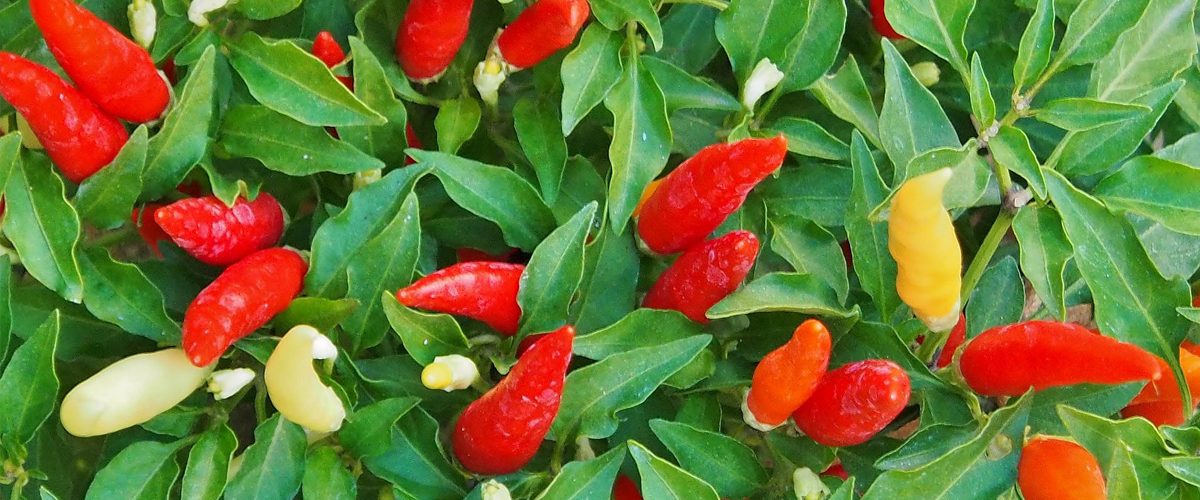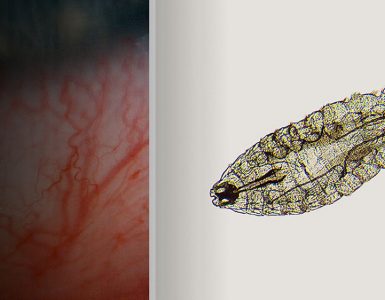Capsicum annuum L. is commonly known as Chili that belongs to the family of Solanaceae. This species is the most common and extensively cultivated throughout the year as a cash crop. In Malaysian cooking, chili is one of the most vital ingredients and usually used either in the green or red ripe stage depending on the mode of utilization. There are many factors that can cause the low productivity of the chili crop such as poor quality seeds, adverse climate, diseases, and plant pests. Plant pests, specifically insects can spell the chili plant at different growth stages. Pestʼs attacks on chili plants have frequently led to exciting and unselective usage of several insecticides by farmers. These insecticides caused substantial environmental pollution and become health hazards for humans and animals. In addition, pest renaissance will ultimately raise the cost of production and the number of pesticides used. Although insecticidal interventions can reduce the pest population, on the other hand, it incidentally increases the pesticide residues in the fruits.
Sujay et al. (2014) pointed out that the incidence of pesticide residues has extremely affected many chili exporters who failed to meet international trade regulations. The usage of chemical fertilizer is an effective method to increase production while chemical pesticides are effective as a pest controls method in the agricultural sector.
In order to reduce the harmful impacts of pesticides on humans and the environment, the use of natural resources like bio-pesticides and bio-fertilizer is highly suggested for food safety. A rise in demand for bio-pesticides reflects the growing public and farmers’ awareness of the impacts of chemical pesticides. Christos et al. (2018) studied that the bio-pesticides are less destructive to nature while being able to give more specific effects to the targeted pests.
Bio-pesticides that use plant extracts have shown great potential due to the low price, being environmentally friendly, having no residual effects, and highly toxic against major pests like aphids, thrips, jassids, mites and whiteflies. Botanical pesticides have the advantage of their rapid degradation and lack of persistence and bioavailability in the ecosystems that are the major constraints in synthetic pesticides.

Organic farmers are looking for less toxic and efficient alternatives for conventional pesticides in order to meet the international export guidelines because no chemical pesticides are permitted in this production system. Neem trees are broadly planted as a landscape plant and are easily found in both villages and cities in Malaysia.
Soh et al. (2021) presented research work in the Asian Journal of Plant Sciences to determine the effects of different concentrations of the neem extract application on chili, based on pre-and post-harvest parameters. The results have shown that the application of 25% neem extract on chili plants can enhance pre- and post-harvest parameters of chili plants such as pest severity, height, stem diameter, number of chili pods, firmness, and leaf area. This indicated that the 25% neem extract can be used as a bio-pesticide to increase pest resistance, growth performance and quality of post-harvest parameters of chili plants compared to a chemical pesticide commonly used by farmers in Malaysia.
















Add comment